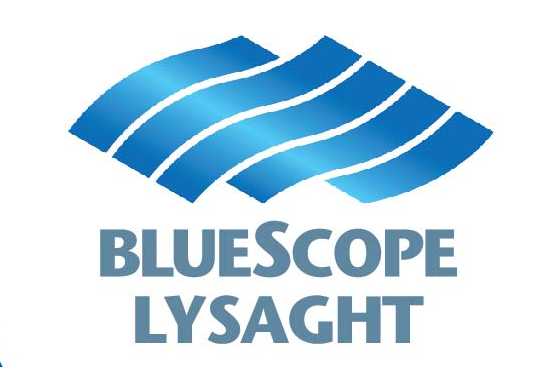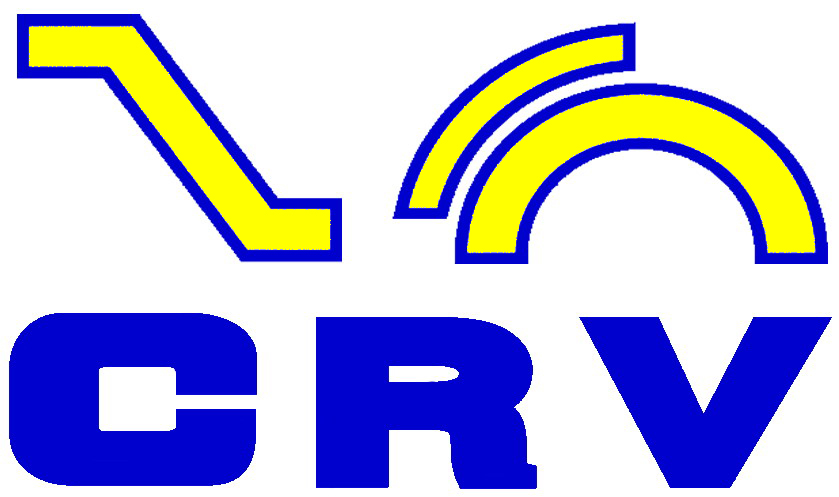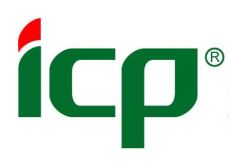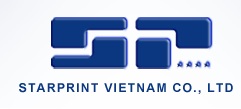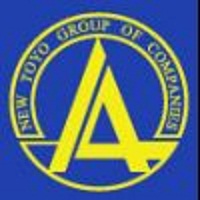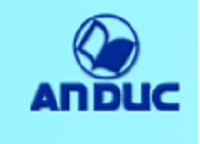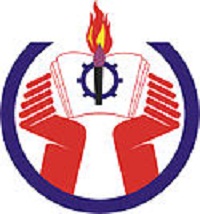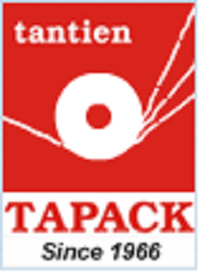
Tài liệu Bảo trì Có kế hoạch Planned Maintenance
PM Step 2: Restore Deterioration & Correct Weaknesses
Bảo trì có kế hoạch PM Planned Maintenance là một nội dung của bảo trì năng suất toàn diện TPM. Bảo trì có kế hoạch Planned Maintenance PM triển khai cho phòng bảo trì của công ty.
- Bảo trì có kế hoạch PM Planned Maintenance có 6 bước.
- Bảo trì có kế hoạch PM bước 2: Phục hồi các hư hỏng và cải tiến các chi tiết không phù hợp.
Step 2 Overview
Purpose:
The purpose of PM step 2 is to restore deteriorated areas and correct weaknesses
Why:
So that unplanned maintenance caused by premature component failures is drastically reduced through operating team daily maintenance and operation activities and PM resource Corrective Maintenance and Periodic Maintenance activities. The elimination of unplanned maintenance frees up time for resources to concentrate on developing cost effective Periodic Maintenance and Predictive Maintenance systems supported by a computerized maintenance information system.
Key Components:
- Support operating teams implementing AM steps 1-4 and priority equipment.
- Take actions that prevent identical or similar breakdowns from recurring
- Make improvements that reduce Process Failures
- Focus on components that have chronic failures and correct design weaknesses that extend the component life
Step 2 Measures & Audit
The Step 2 audit is illustrated in Table 1. This audit specifies the activities that are included in Step 2.
Step 2 Standards & SOP's
Plant lubrication standards will adhere to the Global Lubrication Standards. All lubricants at the site should meet a company Lubrication Specification. Labels and label colors should comply with the global Lubricant Label standards.
Step 2 CBA Link to Step Audits
All CBA's associated with Step 2 are linked to the structures and systems of Step 2 in the following paragraphs.
Step 2 Tools & Facilities System
5S standards set in PM step 1 are adhered to and are modified as breakdown elimination activities identify MTTR improvement opportunities.
Step 2 Equipment Ranking System
The equipment is ranked every year and plans modified to address business needs. Breakdown elimination activities and AM activities are focused on the priority equipment and tracking systems compare the rate of improvement between priority equipment and non-priority equipment.
Step 2 Planning and Scheduling System
A work order system is put in place to respond to AM requests and to document failures, improvements and maintenance activities. A system is in place to integrate the AM defect tagging system with the PM planning and scheduling system. Work requests are prioritized with AM requests rapidly responded to.
Step 2 Shutdown Maintenance System
This step does not focus on Shutdown Maintenance system improvement. Continue to follow practices.
Step 2 Lubrication Management System
A lubrication survey is conducted and lubricant consolidation to the fundamental lubricants needed is executed. Color standards and storage standards are created and are visually prominent. AM teams are trained about the purpose, inspection methods, and application methods of lubrication. PM resources provide tentative lubrication standards for the AM teams to improve from and provide coaching and training as needed.
Step 2 Maintenance Cost System
This step does not focus on major improvement activities of this system. Activities should be tracked and costs captured using the basic cost information collection system created in step 1.
Step 2 Maintenance Management Information System
Equipment improvements are documented in a MP (Maintenance Prevention) system for use in future equipment design and installation activities. PM activities are documented and presented on activity boards where they are highly visual and understood at-a-glance. Maximum use is made of diagrams, pictures, and charts.
There is a Breakdown elimination activity board that is used in Daily Direction Setting meetings and weekly department PM resource meetings.
Step 2 Parts & Supplies Control System
Spare parts stocking levels and storage techniques are better understood and improved as a result of failure recurrence prevention countermeasure activities.
Step 2 AM Support System
AM restoration activities are supported through creation of visual control standards, One Point Lessons, hands on guidance of teams (inspections, restoration, contamination elimination, and teaching about lubrication), equipment improvements that improve maintainability, and rapid response to major restoration requests that are beyond the capability of the operating technicians.
PM resources start the building of the formal inspection skill development program by developing lubrication training. From this experience, they start developing inspection courses for AM team leaders in inspection categories such as fasteners, drives, pneumatics, hydraulics, Electrical & Instruments.
Step 2 Countermeasures to Breakdowns System
A major emphasis is placed on breakdown recurrence prevention activities. Failures are analyzed to root cause and AM standards, PM standards, and equipment improvements are put in place to eliminate recurrence. OPL's are created to train technicians in the new standardized procedures and equipment improvements are documented for future initiative work. Standardization and improvements are reapplied to similar equipment to prevent future failures. As breakdowns occur, inspections are made of similar equipment to find developing failure situations so that potential breakdowns are "nipped in the bud".
Process failures (leaks, contamination, make-up, abnormal pressures, temperatures, etc.) receive a focus in process areas and recurrence prevention activities are deployed against them. Aligning rotating equipment, calibrating instruments, and maintaining control loop health are key activities. Key components are inspected as a result of prevention activities.
It is important to note that there are 2 main approaches to conducting PM step 2 activities. The most common is focused toward Process Industries. In fact this guidebook mostly refers to this approach, but while implementing PM activities in an Assembly Industry (Packing process) you can face some trouble finding the focus area you need to work on.
In Assembly Industries, in order to give the correct focus to the PM activities, you must take in to consideration the different criteria that drives you to the selection of the critical equipment/component you need to improve its availability, maintainability, and reliability.
The criteria considers different variables such as the number of equipment units, their state of deterioration, maintenance personnel, plus their level of maintenance skills and the Autonomous Maintenance implementation level that will allow you to select the right equipment/component that will impact on your overall results.
For additional information and actives about this approach please refer to pages 314-328 of TPM-New Implementation Program in Fabrication and Assembly Industries - Book, edited by Kunio Shirose by the Japan Institute of Plant Maintenance (JIPM)
As equipment components are maintained at basic and use conditions, poorly designed parts and their application will become apparent. Activities are deployed to make equipment modifications that will improve the life and extend the MTBF of those components. Sophisticated analysis techniques, such as FMECA, P-M analysis are used to analyze failures due to design weaknesses and correct them.
Step 2 Maintenance Standards & Procedures System
Because restoration is a major focus of this step, alignment is a major skill that is to be developed for the restoration of rotating equipment. Another key skill area for process areas is instrument calibration and control loop health maintenance techniques.
Rebuild procedures are standardized as a result of recurrence prevention activity countermeasures. Common standardized procedures are instrument calibration methods, control loop tuning methods, and alignment of rotating equipment methods.
The following standards should be documented:
- Countermeasures to Breakdown Elimination DMS system
- Equipment Inspection visual controls
- Lubrication standards
- Manual Planning & Scheduling System DMS system
- Alignment procedures for rotating equipment
- Instrument calibration and control loop health maintenance procedures
Step 2 Predictive Maintenance System
This step does not focus Predictive Maintenance system improvement. Continue to follow practices.
------------------------------------------------------
Ông: Nguyễn Đình Cương.
Chuyên viên Tư vấn Lean - TPM, công ty Tư vấn TST VN.



